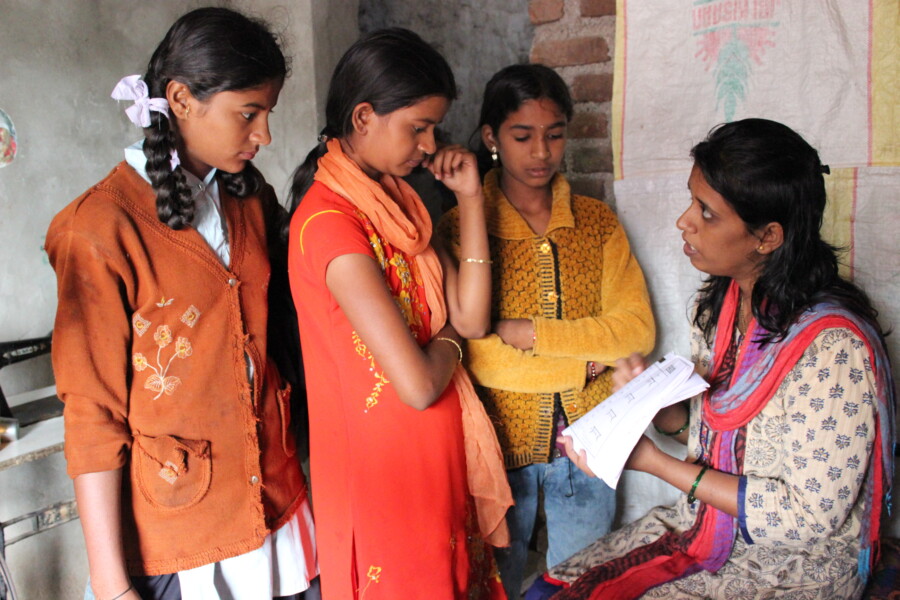India’s Biggest Educational Challenge: How to Improve Learning

For ten years, Pratham’s Annual Status of Education Report (ASER) has informed communities and leaders that India’s elementary education is in dire straits. Only half of children in Grade 5 can read at the second-grade level or solve a simple two-digit subtraction problem. That’s about 100 million Indian children who are expected to move forward in life without having grasped the fundamentals. The question remains: How do we address this persistent problem of learning to give India’s children the building blocks for a good future?
Pratham’s innovative methods have focused on this, employing a “Teaching at the Right Level” (TaRL) approach in our literacy and learning programs. The approach sorts students into small groups according to their learning level rather than age for at least part of the school day and—through focused attention and hands-on activities—ensures that each child masters the fundamentals before moving on to the next level.
Our work, which has been rigorously tested by Abdul Latif Jameel Poverty Action Lab (J-PAL) over the past decade, proves that children can achieve learning success with this method. Even where a child’s baseline level of learning is very low, 100 hours of focused instruction generates significant gains.
To affect India as a whole and reach millions of children, such learning interventions need to be scaled up and implemented in conjunction with government schools. Some state governments such as Bihar, Maharashtra, Madhya Pradesh, Punjab and West Bengal have begun to incorporate the Pratham model, but much more needs to be done.
Read the full column by Pratham CEO Dr. Rukmini Banerji and J-PAL Director Esther Duflo in Ideas for India, which is presented with detailed evidence.
